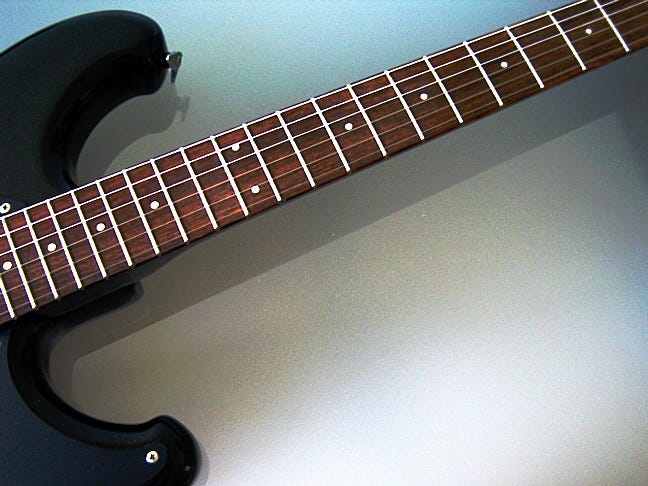Member-only story
Why Do Guitars Have Fret Markers? It’s Kind of Complicated
If you are more than an absolute beginner at the guitar, then you are probably aware of, and maybe even know a little about, those little dots on the neck of your instrument:

These dots are called fret markers, and they are there for a very good reason.
Fret markers are a form of inlay, and they serve as a visual guide so that the guitar player can quickly locate where he or she is on the neck at any time.
Or, to put it simply, they tell you which note you’re playing.
These markers have been added to virtually every guitar neck (with the exception of classical guitars) since at least the 1950s. The first Fenders had them, as did the Gibsons of the time.
But what is the history of these dots? Who invented them? And why are they in the positions they are?
The history of fret markers
As for the history of fret markers, it’s often said that they started with the electric guitar revolution in the 1950s. In fact, if you were to ask the big brands (Fender and Gibson) they would probably tell you the same.
